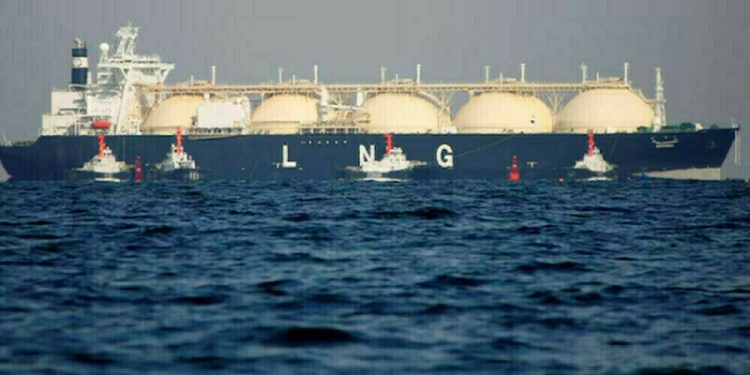Rubber groups from the world’s top producing countries will refrain from selling below current prices and take steps to shore up rates from five-year lows as demand weakens for the commodity used in tires.
A meeting of industry officials from Thailand, Indonesia, Vietnam, Malaysia and Cambodia and the International Rubber Consortium resolved to improve prices to a fair level for producers and consumers, the group said in a statement on website. They gathered in Malacca on Oct. 10. The consortium accounts for about 70 percent of the global production.
Rubber prices from Tokyo to Thailand and Singapore slumped to their lowest levels in more than five years this month as concerns mounted that demand from China would weaken as the economy in the top consuming nation slowed. The Rubber Economist, a London-based industry adviser, expects the surplus will shrink to 43,000 tons in 2015 from 292,000 tons this year.
“The five rubber trade associations were of the strong opinion that current rubber market fundamentals were not as bad as what the market perceived,” the consortium said in the statement. The sell-off “was influenced by weak market sentiment and bearish commodities market which affected investors’ confidence,” it said.
Futures on the Tokyo Commodity Exchange tumbled to 173.8 yen a kilogram ($1,621 a ton) on Oct. 3, the lowest since July 2009, while prices in Singapore reached $1,483 a ton the previous day, the cheapest since March 2009. Export prices in Thailand fell to 49.20 baht a kilogram, the lowest since 2008. The Bloomberg Commodity Index of 22 raw materials lost 5.9 percent this year.
Council Meeting
The International Tripartite Rubber Council, which represents government officials, growers and exporters from Thailand, Indonesia and Malaysia, plans to advance a meeting to early November from December to tackle the price slump urgently, Douglas Uggah Embas, Malaysia’s Plantation Industries and Commodities minister, told reporters in Kuala Lumpur today.
The council wants to reduce supplies through long-term new planting and replanting programs and increase demand for rubber in road construction, according to a ministry statement.
While the global market is in surplus, the oversupply is shrinking, according to The Rubber Economist. Supply will exceed demand by 43,000 tons in 2015 and trail consumption by 77,000 tons in 2016, it said last month.
Futures are nearing the bottom of a bear market that started in January and are set to climb to 205 yen by the end of the year, according to the median of estimates from 15 analysts compiled by Bloomberg and published on Sept. 16.
– Bloomberg

























